The Grand Hacker
A proof of concept, live cinema story of a sadistic hacker that peers into the lives of his unsuspecting neighbours.

In 2015, I worked on a live cinema production for Luminato Festival with the UK-based media arts group, Blast Theory. The project pushed the boundaries of the cinematic experience by filming and screening a story simultaneously. Coming fresh out of grad school and keen on developing my practice-based research in augmenting performance art with interactive technology, a project like this was just what I needed.
The show was a hit, and the experience was over before I knew it. Yet, the potentiality of live cinema lingered in my head for years. I knew there was something special here. I just didn’t know what.
In the years following the Luminato production, I focused on turning my grad research from OCADU’s Digital Futures program into a sustainable artistic practice that skirts the edge where the performing arts and emerging technologies meet. I produced and directed new media performances for SummerWorks, Buddies in Bad Times, Gladstone Hotel, Soho House, the International Symposium of Electronic Art, SIGGRAPH, HarbourFront Centre, Tashkeel Dubai Art Center and Nuit Blanche. From Inuit throat singing, to Afro-Brazilian Capoeira and remixed Persian pop songs from the 70’s, my inquiry was always centred around how technology could enhance the audience experience – taking story to another artistic plateau entirely.
Fast forward to the COVID-19 pandemic, when the performing arts, theatre, improv, and concerts have mostly screeched to a near halt – I was forced to dedicate my time towards the pre-production elements of this business that we call show. I zoned in on grant writing, community partnerships, conceptual development and took on a screenwriting contract in the exciting genre of speculative fiction that explores the societal impact of technology for the producers of the sci-fi YouTube channel, the Webby Award winning, “What If” franchise.
Both collectively, and yet strangely on our own, we’ve found ourselves more and more dependent on internet technologies than ever before. Nightly, many of us plant ourselves in front of screens, taking (or giving) classes on Zoom, FaceTiming with family or gawking at TikTok – or trying our best not to. We don’t remember phone numbers, our phones do that. We don’t remember birthdays but our calendars do.
One night, unknowingly to each other, my wife and I accepted a group video call from her father at the same time. My wife was sitting right next to me, so for kicks I pointed my phone at her to give her dad a two-camera view of his daughter that he hasn’t seen in weeks. Gino’s grey brows were lit with confusion when a hideous echo ensued – it was then that it clicked for me. If used to its full potential, each device, whether it be a smartphone, tablet, laptop or webcam is a movie camera. This and the other tools of filmmaking could be leveraged to enhance the story experience for the audience.
Cinematography, lighting, camera movement and mise-en-scene are all part of the conversation of filmmaking but forging the wit of film has always happened in the editing room. Up there with the quality of the actual performances, editing is the film’s invisible hand that guides the viewer on what’s important to see and what’s not – and when. This is one half of the recipe for what would eventually become live cinema.
The other half is spontaneity because it’s all happening live. A Zoom call with mom on Mother’s Day or the livestream of your daughter’s first artist talk out of art school are virtually (no pun intended), the scenes to the documentary of your life.
Theatre’s leg up over film is that it tears, laughs and screams right before our very eyes. The merging of the best of both worlds is where live cinema shines. Taking the spontaneity of theatre and the auteur-driven editing of film offers creative inroads of theatre artists by meeting new audiences where they are already at: online. The question for artists to ask is how can the performing arts lean into this new normal and create imaginative storyworlds that reflect our millennial woes through shiny black mirrors ubiquitous to our postmodern lives.
To read the rest of the article please visit the Canadian Stage site here.
Star Nahwegahbo: Ojibway-Scottish land-based multidisciplinary artist and First Nations community instructor.
Maziar Ghaderi: Iranian-Canadian media artist, writer, story editor and theatre innovator.
Banafsheh Taherian: Iranian voice actor, writer, artist and feminist.
Derek Kwan: Chinese-Canadian theatre creator and performer.

